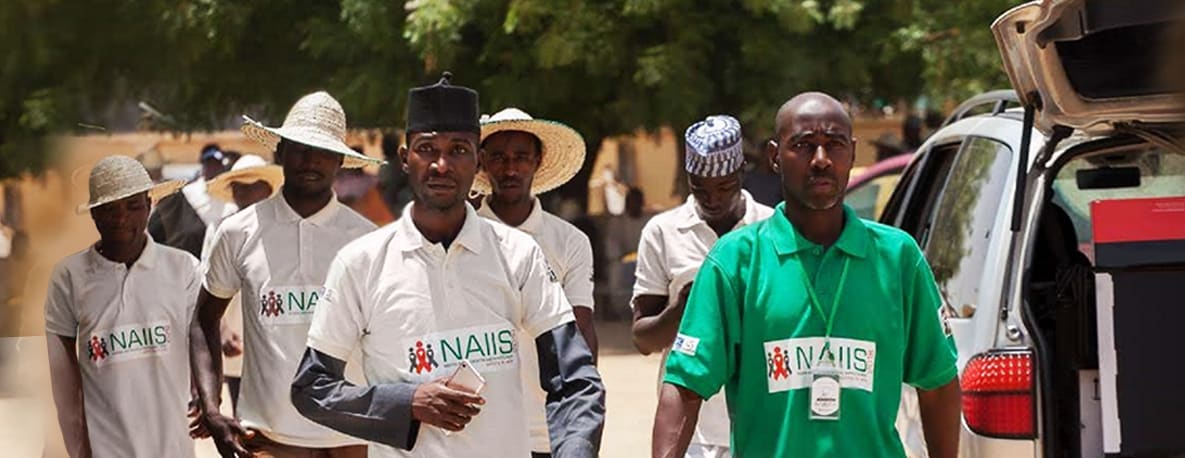Large national survey shows smaller HIV epidemic in Nigeria than once thought and highlights key gaps

The Government of Nigeria, the U.S. President’s Emergency Plan for AIDS Relief (PEPFAR), CDC, and the University of Maryland School of Medicine released new data from the Nigeria HIV/AIDS Indicator and Impact Survey (NAIIS), one of the largest population-based HIV/AIDS household surveys ever conducted. The NAIIS directly measured HIV prevalence and viral load suppression. According to the NAIIS results, the HIV prevalence in Nigeria is lower than previously thought, allowing the country to focus on providing services to the areas of greatest need to control the HIV epidemic.
The NAIIS found that in Nigeria the HIV prevalence – the percentage of people living with HIV in Nigeria – among adults age 15-64 years was 1.5 percent (1.9 percent among females and 1.1 percent among males), and among children age 0-14 was 0.2 percent. HIV prevalence was the highest among females age 35-39 years at 3.3 percent and among males age 50-54 years at 2.3 percent. The disparity in HIV prevalence between females and males was greatest among younger adults, with females age 20-24 years (1.3 percent) having more than three times the prevalence of males in the same age group (0.4 percent).
The NAIIS also found that the prevalence of viral load suppression (VLS), a widely used measure of effective HIV treatment in a population, among all people living with HIV age 15-64 years in Nigeria was 44.5 percent (46.2 percent among females and 40.9 percent among males). The disparity in VLS between females and males was greatest among those age 25-34 years, with females age 25-34 years (40.0 percent) being twice as likely to have VLS compared to males in the same age group (20.3 percent).
The President of Nigeria Muhammadu Buhari released the NAIIS results on March 14. The NAIIS was led by the Government of Nigeria through the Federal Ministry of Health and the National Agency for the Control of AIDS; conducted with funding from the U.S. President’s Emrgency Plan for AIDS Relief and the Global Fund to Fight AIDS, Tuberculosis and Malaria and technical assistance from CDC; and implemented by the NAIIS Consortium, led by the University of Maryland School of Medicine with supervision from the NAIIS Technical Committee. The survey reached more than 250,000 respondents in nearly 100,000 households.
Resources
Learn more about how CDC is supporting countries to respond to their HIV epidemics and helping implement population-based HIV household surveys.